When the bottom line matters more than the animals’ lives.
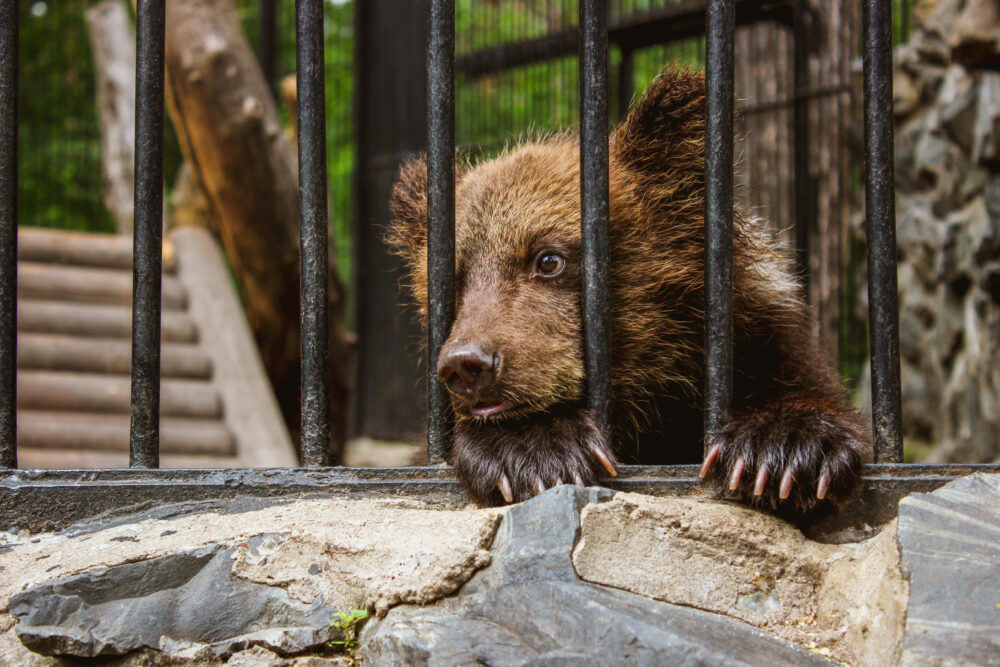
Behind the cheerful gift shops and colorful enclosures, some zoos are quietly crumbling. Not for lack of interest—but because budget cuts, staff shortages, and neglected ethics have turned safe havens into survival tests. Cost-cutting doesn’t just mean fewer amenities. It often means sick animals, poorly trained staff, and dangerous improvisation disguised as conservation.
These aren’t just isolated mistakes. They’re patterns of neglect that continue to compromise the very creatures these institutions claim to protect.
1. Undertrained staff mishandle distressed animals.
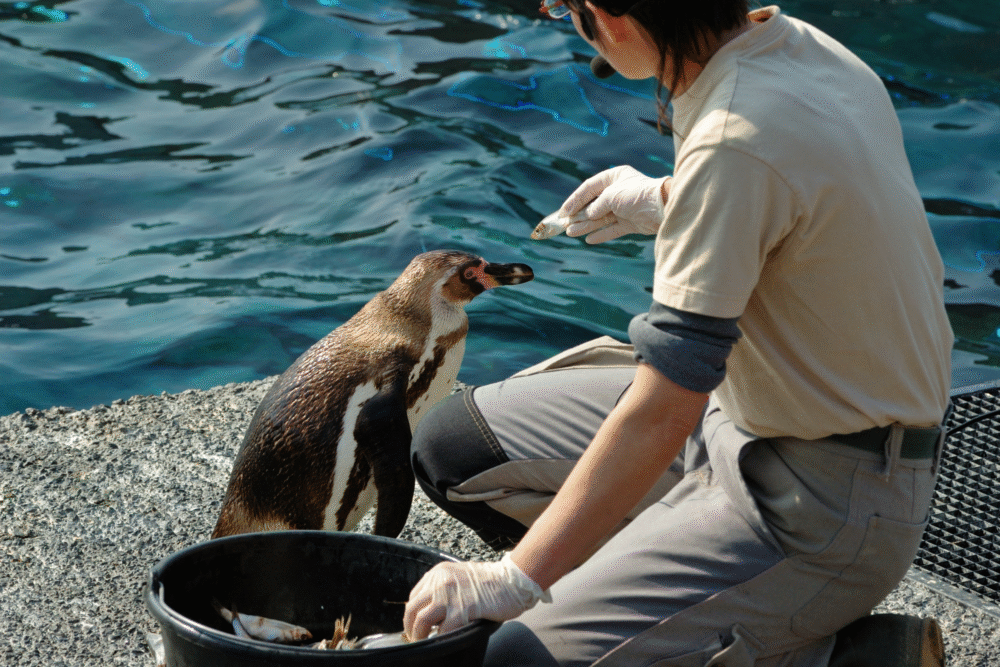
Hiring part-time staff or volunteers to fill critical animal care roles saves money—but it also creates liability. Many zoos slash training budgets to bare minimums, leading to cases where inexperienced workers misinterpret behaviors, mishandle medical procedures, or provoke animals into dangerous responses. A stressed zookeeper can’t mask the fact that they’re guessing their way through a lion’s bad day.
This isn’t about well-meaning rookies trying their best. It’s about systems that prioritize quick onboarding over competence. As a result, animals pay the price in botched treatments, ignored warning signs, and unnecessary suffering. Expertise gets replaced by gut instinct—and that rarely works out well when you’re dealing with 400-pound predators or delicate species that mask illness until it’s too late.
2. Cheap enclosures become death traps.
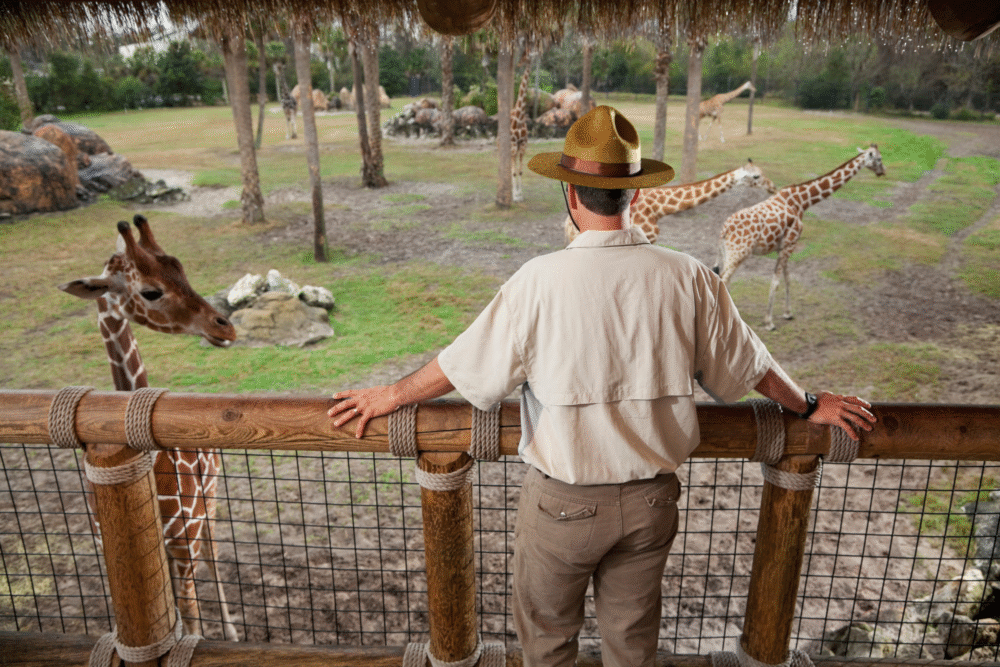
Sturdy habitats cost money. So when budgets get tight, zoos cut corners with quick fixes—patching fences instead of replacing them, skipping double-lock systems, or using outdated designs that wouldn’t pass modern inspection. The results are predictable: escapes, injuries, and sometimes deadly encounters between animals and visitors.
Animals are clever and persistent when bored or frightened, and a thin wire mesh or loose latch is barely a challenge for a determined escape artist. Worse, when habitats fail, it’s often the animal that’s euthanized, not the decision-makers who signed off on the shortcut. A crumbling enclosure isn’t just an eyesore—it’s a time bomb that puts lives on the line.
3. Veterinary budgets get slashed to the bone.
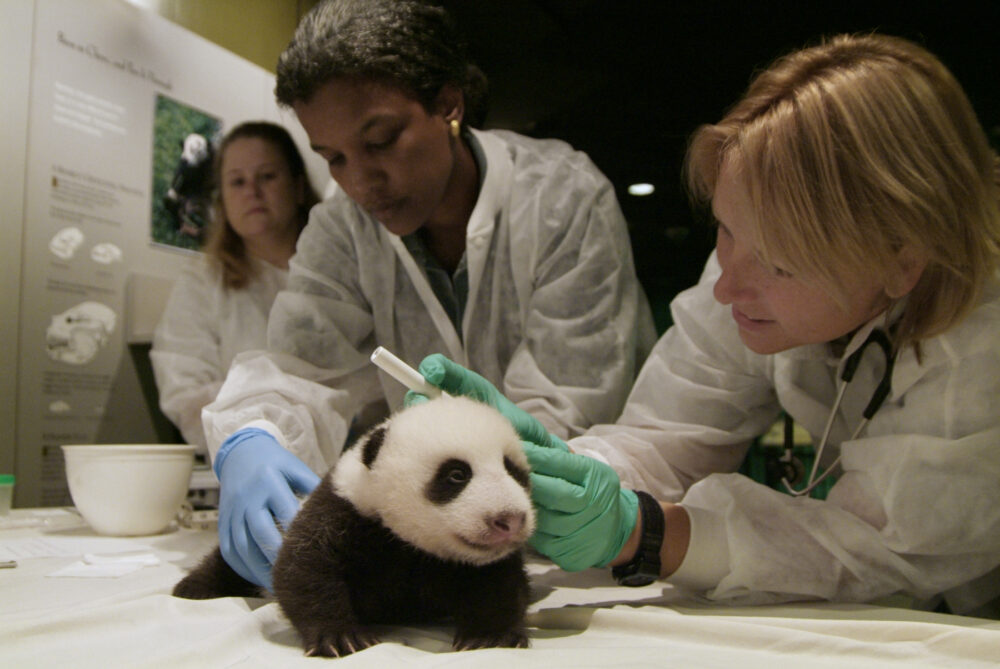
Exotic animals need specialized care, and that kind of medical attention doesn’t come cheap. When zoos tighten the belt, it’s often the vet staff and diagnostic tools that go first. On paper, it saves money. In practice, it leads to late diagnoses, untreated infections, and animals silently deteriorating behind the scenes.
Zoos may skip regular bloodwork or rely on general vets unfamiliar with species-specific issues. This might not seem like a big deal until a rare primate dies of a preventable illness or a tiger suffers through a painful dental infection. If the goal is animal well-being, then consistent, competent medical care shouldn’t be optional. Cutting it signals a shift in priorities—and not in a good direction.
4. Malnutrition hides behind “cost-efficient” diets.
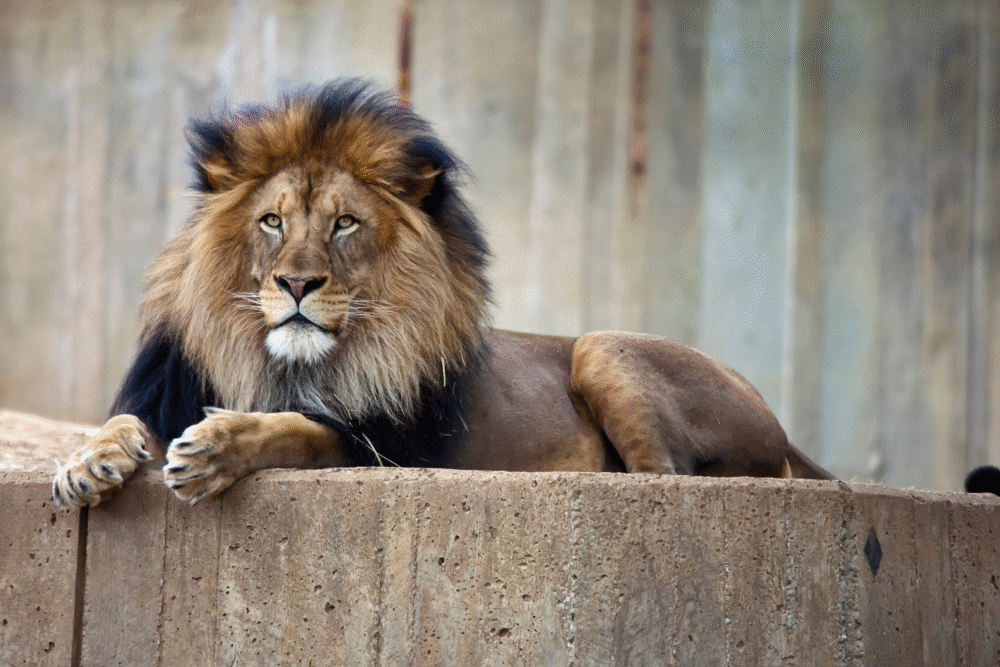
Feeding exotic animals isn’t just about quantity—it’s about matching their nutritional profile as closely as possible to their wild diet. But when money’s tight, zoos sometimes substitute cheaper, less appropriate foods that leave animals undernourished, overweight, or suffering mysterious health problems.
Carnivores might get lower-grade meat. Herbivores might miss out on vital minerals. Zookeepers may notice changes—dull coats, lethargy, behavioral shifts—but if the food budget is locked, there’s little they can do. Malnutrition doesn’t always look dramatic at first. It’s slow, insidious, and harder to reverse once deficiencies set in. And for animals in captivity, there’s no plan B if their diet fails them.
5. Enrichment gets mistaken for luxury.

Mental stimulation is often treated as a nice bonus rather than a daily necessity. But for captive animals—especially intelligent ones like primates, elephants, and parrots—enrichment is essential to prevent psychological deterioration. Cut the enrichment budget, and you end up with pacing big cats, self-harming monkeys, or parrots that pluck themselves bald.
Zoos that skip puzzle feeders, climbing structures, or social bonding opportunities save a few bucks up front, but it leads to breakdowns that can be hard to undo. Mental distress turns into physical illness fast, and once an animal reaches a tipping point of behavioral trauma, no amount of toys or treats will bring them back. Enrichment isn’t window dressing—it’s survival gear.
6. Broken heating and cooling systems are ignored.
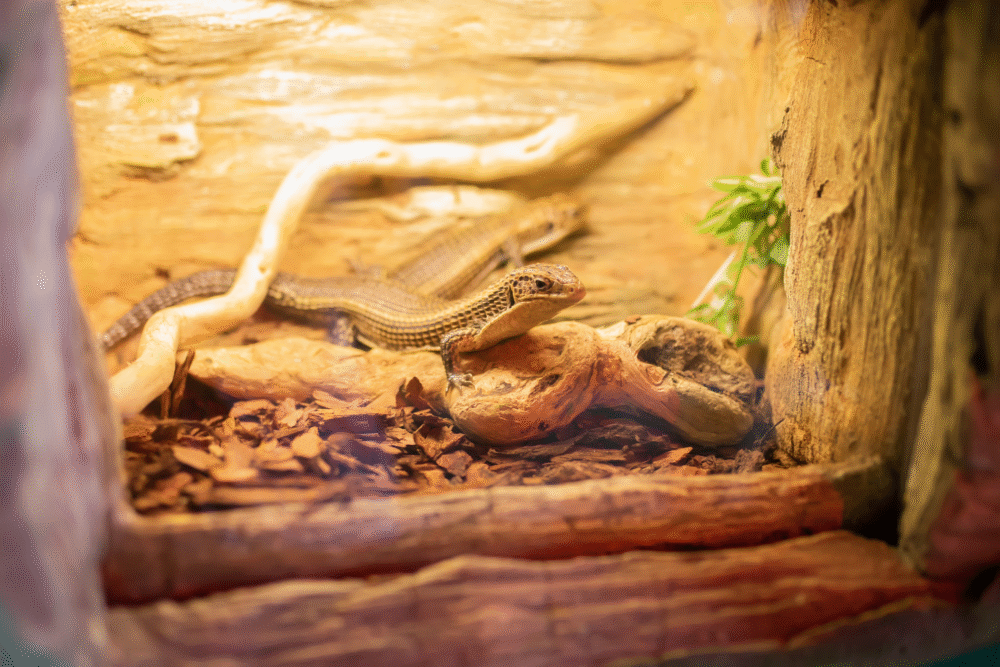
Climate control in enclosures isn’t just about comfort—it’s about survival. Reptiles can die if their basking lights fail. Tropical species can go into shock if temperatures plummet. Yet zoos frequently delay HVAC repairs or skip seasonal adjustments to save on energy bills.
Animals adapted for specific climates don’t do well with improvisation. A few degrees too cold or hot can wreck immune systems or trigger fatal stress responses. And while some facilities try to make do with temporary solutions, like space heaters or fans, they often fail under pressure. It’s a silent kind of negligence, one that doesn’t grab headlines until animals are already dead or dying.
7. Security personnel are stretched dangerously thin.
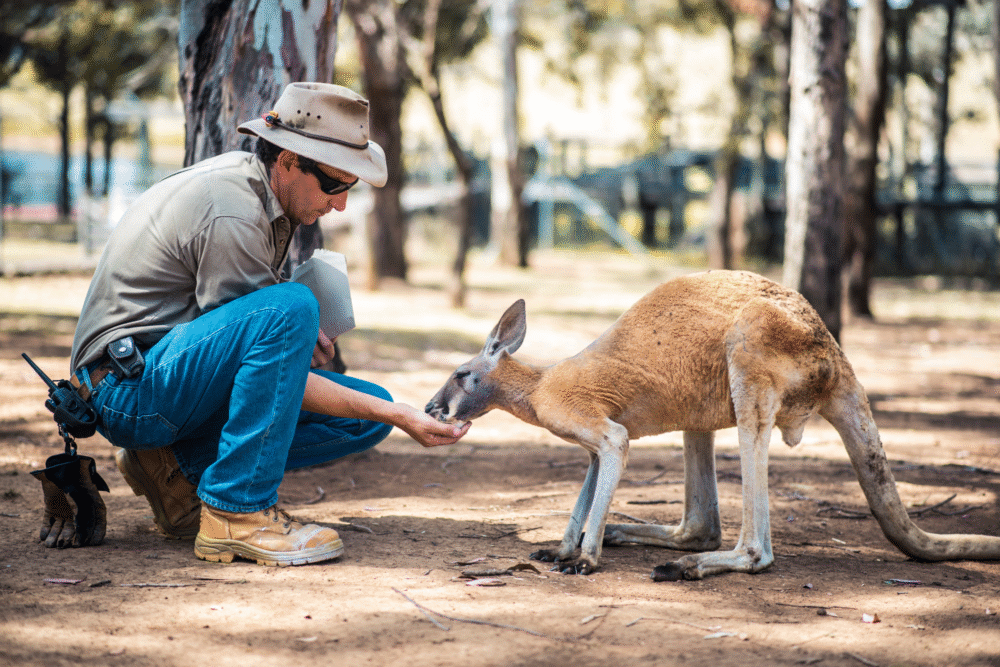
Zoos should have enough trained staff to intervene in emergencies—animal escapes, aggressive behavior, or visitor misconduct. But cutting back on trained responders or rotating security across wide areas means response times plummet. By the time someone arrives, a preventable situation can spiral out of control.
This creates risk not just for animals, but for humans too. A panicked animal in a malfunctioning enclosure doesn’t care about PR. And if undertrained staff are the only line of defense, the situation gets handled clumsily—often with tranquilizers, or worse, firearms. When security gets treated like an afterthought, the result is chaos at the exact moment precision is needed most.
8. Animals are shuffled between understaffed zoos.
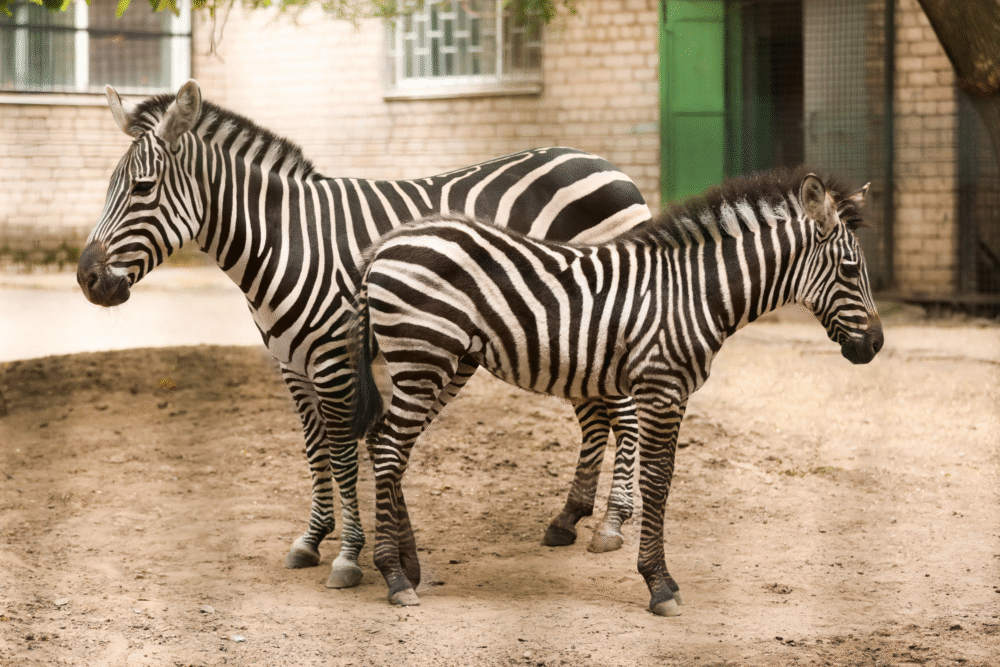
To ease overcrowding or share breeding responsibilities, animals are often transferred between institutions. In theory, this is helpful. But when the receiving zoo lacks adequate resources—because it’s cheaper to say yes than turn down an animal—the result is disastrous.
Moving animals is traumatic enough. Add in a poorly prepared habitat, a lack of species-specific expertise, and the stress of adapting to a new routine, and you’ve got a formula for collapse. Some animals shut down entirely. Others lash out. These transfers are supposed to strengthen zoo populations—but when done carelessly, they become acts of quiet abandonment disguised as cooperation.
9. Volunteer labor replaces essential professionals.

Volunteers can enrich a zoo’s community and help with light tasks. But in budget-strapped zoos, unpaid labor often fills roles meant for trained professionals. Suddenly, you’ve got volunteers leading educational programs, managing basic animal care, or assisting with feeding schedules they don’t fully understand.
It’s flattering to call them passionate—but it’s also reckless. These individuals lack institutional knowledge and may unintentionally compromise animal safety or misinform the public. Worse, it creates a culture where essential jobs are devalued, making it harder to justify hiring and keeping qualified staff. Relying on volunteers shouldn’t mean blurring the lines between goodwill and essential, technical expertise.
10. Quarantine procedures get rushed or ignored.

New arrivals should be quarantined—no exceptions. That means isolated housing, observation, and veterinary screening before any contact with other animals. But cutting costs often means rushing this process or skipping it entirely. The consequence? Outbreaks of disease that ripple through entire exhibits.
Zoos that gamble on health to save on space or labor can end up dealing with epidemics of respiratory infections, parasites, or worse. Once a pathogen enters a population, containment becomes expensive fast. And yet, this is one of the first safeguards to get squeezed when budgets shrink. The irony? Proper quarantine is cheaper than managing full-blown outbreaks—and infinitely more humane.
11. Records are neglected, leading to medical disasters.
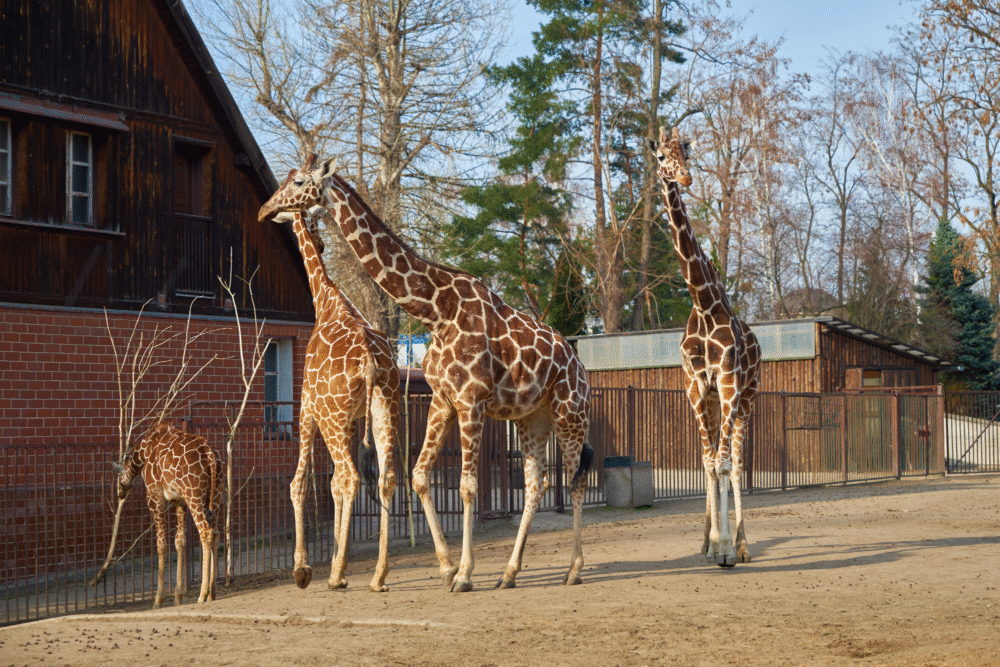
Good recordkeeping isn’t glamorous, but it’s vital. Every animal needs a clear, updated history: diet changes, vaccinations, behavioral notes, and medical treatments. Budget-strained zoos often reduce the time and staff allocated for documentation, and vital details get lost in the shuffle.
This creates gaps in care that can snowball into tragedy. An allergic reaction gets misdiagnosed. A medication is re-administered when it shouldn’t be. Even basic patterns in behavior or appetite get overlooked when no one’s tracking them. Animals can’t advocate for themselves. Their paperwork is their only voice—and when that’s garbled or incomplete, mistakes are inevitable and costly.
12. Deaths are quietly covered up or rebranded.
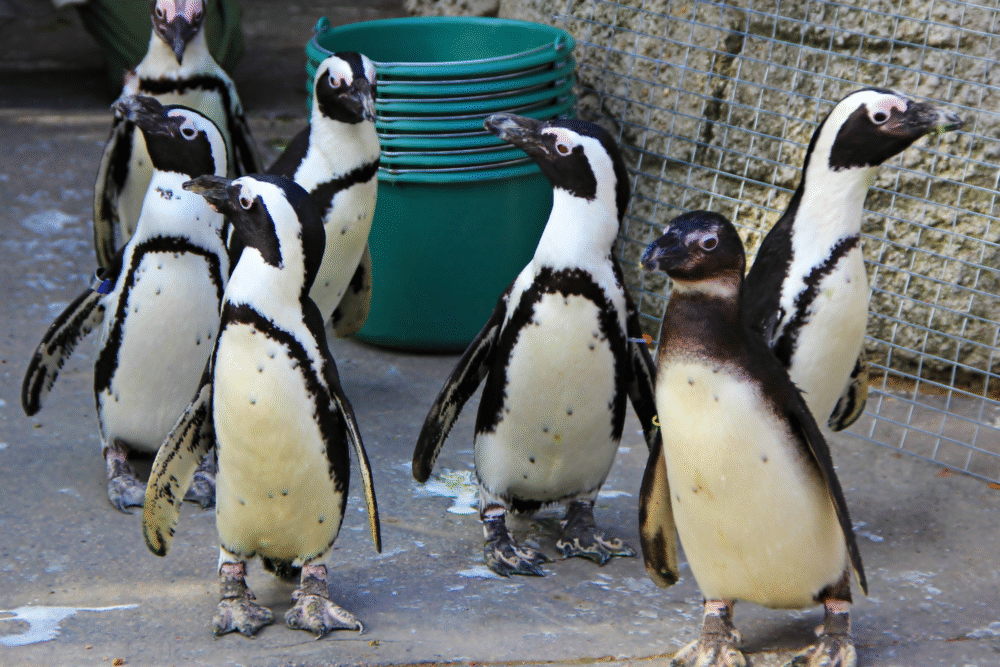
When animals die under questionable circumstances, zoos often rely on PR spin or outright silence. “Natural causes” becomes a blanket excuse. Deaths due to neglect, infection, or oversight disappear in vague reports and strategically worded press releases.
This erodes public trust and prevents institutional learning. If no one admits a mistake, there’s no pressure to fix it. Animals become disposable, their stories edited for brand safety. And without transparency, accountability becomes optional. In the worst cases, zoos repeat the same errors—because the cost of changing course is deemed higher than the cost of another quiet funeral.
